
by Fronetics | Jan 28, 2020 | Blog, Logistics, Marketing, Social Media, Supply Chain
Digital marketing over social media is a trend that continues to grow, but it’s only effective if you’re doing it right. Here are social media mistakes supply chain brands are still making.
Highlights:
- When it’s done right, there’s no greater tool for your company to increase brand awareness and generate leads than an engaged presence on social media platforms.
- Knowing what content hits home with your followers and potential followers is crucial.
- The most successful companies on social media are the ones that find innovative and creative ways to engage with users.
It’s no mystery why approximately 81 percent of small and medium businesses maintain a social media presence. With 3.5 billion users worldwide, social media is a dream come true for businesses looking to reach a ton of potential customers.
Digital marketing over social media is a trend that continues to grow, as more businesses jump on the social media bandwagon. When it’s done right, there’s no greater tool for your company to increase brand awareness and generate leads than an engaged presence on social media platforms. But it can be virtually useless if your company isn’t doing it right.
Traditional marketing strategies may be misleading for companies hoping to connect with customers over social media. And familiar ways of using social media for personal use can also lead marketers astray. The most effective use of social media for your business centers on knowing your audience and positioning your brand within the right conversations, rather than promoting your product or service.
Are you making social media mistakes? Check out our list of the most common blunders we see companies making to find out.
Mistake #1: Not knowing the audience
Everyone understands how a billboard works. It advertises something for sale where it can be seen by as many people as possible. But for companies looking to increase their effectiveness, that’s a big social media mistake. The most important thing a brand can do on social media is to engage dynamically with other users. And to do that, companies first have to figure out who their audience really is.
It’s surprising how often brands don’t have a clear idea of who they’re trying to connect with on social media. Knowing what content hits home with your followers and potential followers is crucial. And collecting followers and promoting your brand visibility with the right audience means figuring out what other interests your target demographics might have.
So, how do you develop a profile of who your audience is? The first step is to put together a detailed description of your target buyer persona. It’s important to consider details such as the location, education level, and role in the industry of the buyers you’re hoping to reach. Based on this profile, marketers can more precisely pinpoint the needs and concerns of their target audience. This is vital for being able to anticipate the groups to join where potential buyers are most likely to be found.
Bottom line: engage with your audience! Once you have figured out who that audience is, join groups, encourage and leave comments, and pay attention to what your followers care about.
Mistake #2: Using objectives instead of strategy
The best way to use social media for digital marketing involves developing a clear strategy for attracting followers, delivering content, and achieving an ROI. Unlike personal use of social media, effective digital marketing depends on maintaining a regular schedule of generating content. Knowing how often to post content or update profiles can make a huge difference for staying on the top of newsfeeds at key times of day.
Generating new content is crucial for keeping followers engaged and attracting the attention of potential new followers. A variety of different kinds of content prevents followers from tuning out or skimming past your company’s posts. Partnering with brand ambassadors and market influencers boosts the organic visibility of your brand: by working with prominent social media users, your company can benefit from dynamic interactions with brand ambassadors who your target audience follows and views as authentic.
Following a strategy can also help achieve and measure your ROI. It can be particularly difficult to prove the ROI of a company’s participation in social media, so it’s especially important to use analytics tools for tracking how your social media presence is doing. Social Media Examiner’s 2018 Social Media Marketing Industry Report found that only 44 percent of marketers agree that they know how to measure social media ROI, leaving two-thirds of marketers aren’t sure whether their efforts online are paying off. Measuring defined goals against analytics data can help your company identify and react to effective techniques, and improve your social media standing.
Mistake #3: Using the most popular social media platforms
Although the social media platforms with the most users may seem like the most effective platforms for digital marketing, platforms that allow you to engage with your audience can carry more weight than more popular platforms.
All social media channels have a differentiating quality that makes them appealing to specific audiences. So, start by identifying where your target audience is spending their time. For instance, if you are interested in reaching millennial buyers, then your social media efforts should definitely include platforms such as Twitter that millennials tend to use on at least a daily basis.
Once you’ve determined the most effective platforms for your company to concentrate on, be sure to tailor your content to those platforms. Although it’s easy to post the same content across all your accounts simultaneously, the foundation of social engagement is authenticity. Especially with automation tools, many companies post copied-and-pasted content on multiple platforms all at once. But this strategy risks undermining the authenticity of your brand. Work to create content—including video and images—that caters to specific platforms to build brand awareness and loyalty.
Mistake #4: Promoting instead of connecting
This is the big one! Social media platforms are all about fostering engagement among users. Users don’t want to engage with brands that push their products and services through standard marketing techniques. Instead, users will be drawn to companies that appear engaged with the same interests and objectives that they are. Users want informative, interesting, and, yes, even fun content.
The most successful companies on social media are the ones that find innovative and creative ways to engage with users. Brand loyalty arises from emotional bonds and trust that can form through social media interactions.
Greg Hadden, executive director of Motive Made Studios, sums up the power of connecting with users: “What often gets lost is the fact that good storytelling is potent stuff. It has the power to make people want to believe and to belong, which is the goal of all storytellers. We’re all selling something, be it an idea, an exploration of the human condition, or say, a vacuum cleaner. It’s no mistake perhaps that good stories often create products.”
What social media mistakes do you try to avoid?
This post originally appeared on EPS News.
Related posts:

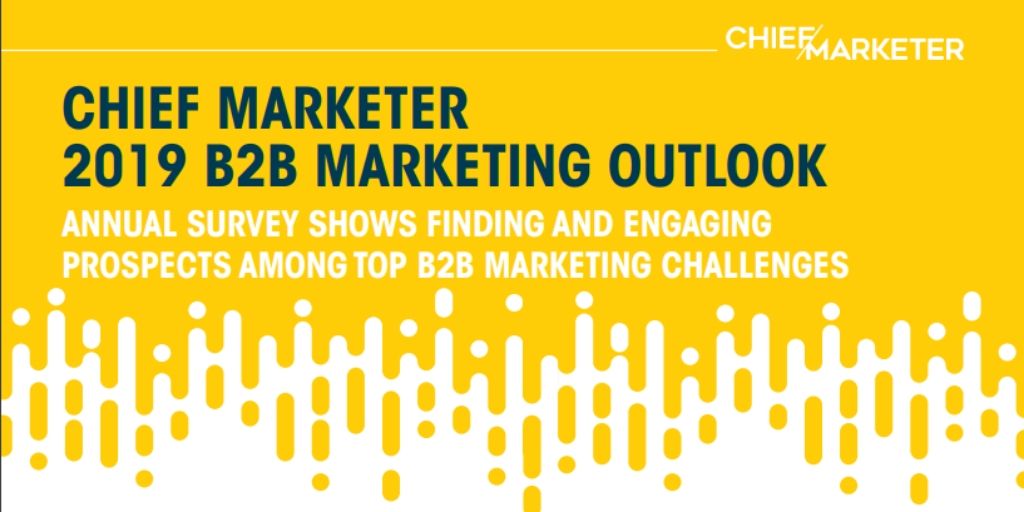
by Fronetics | Sep 4, 2019 | Blog, Content Marketing, Marketing, Strategy
The biggest challenges for B2B marketing, according to a recent report? Finding leads that convert and engaging the right target audience.
Highlights:
- Measuring social media ROI is a challenge for 58% of respondents, and 39% report that proving ROI is the biggest hurdle to securing C-suite buy-in.
- Only 23% of brands have a dedicated social media team.
- 60% of marketers report content marketing is their most valuable technique for lead nurturing.
Chief Marketer’s 2019 B2B Marketing Outlook report is out, and it’s full of revealing statistics for B2B marketers industry-wide. The survey studied 209 B2B marketers in more than 20 verticals, getting a bird’s eye view of biggest challenges and trends in B2B marketing.
Here are the top 10 stats you need to be aware of.
10 B2B marketing stats from Chief Marketer’s 2019 report
1) For 58% of respondents, measuring ROI is the top challenge surrounding social media marketing.
Measuring social media ROI is notoriously difficult, though certainly not impossible. For well over half of the survey respondents, it proved the greatest challenge when it comes to social media.
65% of respondents reported engagement as one of their biggest social media challenge, while 45% cited the challenge of having enough content. Adequate bandwidth to respond to social followers and post frequently and inadequate social budget (24% each) were lower on the list of social concerns.
2) Only 23% of brands have a dedicated social media team.
We’ve written before about how social media management is a herculean task that falls all-to-often to an overworked marketing team. Chief Marketing’s survey found that, for a vast majority of B2B brands (75%), their marketing team is in charge of maintaining social media presence.
Even as social media is becoming increasingly effective at ushering leads through the sales funnel, only 23% of brands surveyed have invested in a dedicated social media team, while 15% are outsourcing their social media management.
3) Articles/blog posts and reviews/customer testimonials are tied as the two most effective types of content for moving prospects through the sales funnel.
45% of respondents reported that articles and blog posts, as well as reviews and customer testimonials, are the most effective content types for moving prospects through the sales funnel.
Following closely behind, 32% reported whitepapers and 31% reported video as most effective. Partner content, at 26%, came next, while social media is gaining efficacy, coming in at 22%.
Respondents reported that for all content types, the visual aspects were key. For Informa Engage, for example, more visual content is performing well, says Tricia Syed, Vice President for Marketing Strategy and Execution. “In some markets, traditional whitepapers and webinars are still hugely popular, but we’re getting more visual with e-books [to illustrate] data.”
4) 39% of survey respondents reported being unable to prove ROI to C-suite as the biggest obstacle for getting approval for marketing expenditures.
Just as proving social media ROI is a poses a challenge for B2B marketing, proving overall content marketing ROI to win C-suite buy-in can be equally daunting. 39% reported it as the biggest hurdle to getting marketing expenditures approved.
46% of respondents cited the challenge of budgets that are focused elsewhere, while 33% reported that executives still don’t understand the need for marketing expenditures.
5) For 60% of respondents, content marketing is the most valuable technique for lead nurturing.
Content marketing is reported by 60% of marketers as their most valuable technique for lead nurturing. Email marketing led the pack at 62%, while in-person marketing took a close third place at 57%. When it comes to lead nurturing for B2B marketing, social media was relatively low on the list, reported by only 20% of respondents as their most valuable technique.
6) Only 22% of respondents have an in-house editorial team dedicated to content creation.
While content marketing is overwhelmingly reported by marketers as being a highly effective technique for generating, nurturing, and converting leads, relatively few brands have chosen to invest in a dedicated in-house editorial team for content creation. Instead, a whopping 80% of marketers are charged with creating their own content.
“That’s a surprising disconnect,” says James Furbush, B2B marketing manager of Lord Hobo Brewing. “I’m not surprised marketing teams are creating content, but if you’re going to be that focused on content marketing, having an editorial team is an important investment.”
Perhaps even more surprisingly, only 23% of respondents are taking advantage of the opportunity to outsource content creation, an excellent alternative for companies who are unable to afford a dedicated in-house team.
7) 42% say that their organizations will increase martech budgets in 2019.
Martech, or the fusion of marketing and technology, is taking over B2B marketing. 42% of survey respondents reported that their martech budgets will be increasing in 2019, while 40% said that existing martech budgets will remain the same. Only 4% reported that they anticipate a decrease in martech budget.
When asked what types of martech they plan on investing in, 45% of respondents pointed to marketing automation, 43% to video, 40% to email, 38% to customer experience, and 37% to social media management.
Interestingly, despite all the discussion surrounding AI, only 9% of businesses surveyed report that they are considering investing in these technologies.
8) When it comes to generating new leads, 55% reported that finding leads that convert is their biggest challenge.
More than half of survey respondents pointed to the challenge of finding leads that ultimately convert as the greatest obstacle to generating new leads. 57% reported that their biggest challenge is getting targeted prospects to engage with their brands.
What’s interesting about these numbers is that, while marketers are reporting these issues as lead-generation obstacles, they are simultaneously pointing to content marketing as their most effective tool for lead nurturing and conversion.
9) For 44% of respondents, email is a top source of B2B leads.
When it comes to which channels are the largest sources of B2B leads, email leads the pack, with 44% of respondents putting it first. Online searches came in at a close second at 43%, and live events came in at 41%.
A respectable 36% of respondents cited content marketing as a top source of B2B leads, while 22% pointed to social media.
Knowing where leads are coming from is only part of the picture. Perhaps unsurprisingly, the channel that produced the leads with the highest ROI was email for just under half (49%) of survey respondents.
10) 56% say cost of conversion is the metric that matters most in marketing attribution.
When asked which metrics matter most in marketing attribution, cost of conversion topped the list at 56%, followed closely by amount of time to convert at 53%. Other important metrics included channel (34%), first click (29%), and last click (22%).
“At the end of the day, the most important takeaway when setting up campaign attribution is to think about your goal,” said one respondent. “Start with the end in mind, reverse engineer your marketing campaign, and set up ‘mile markers’ along the way to track trends in your prospects’ digital footprints.”
Related posts:
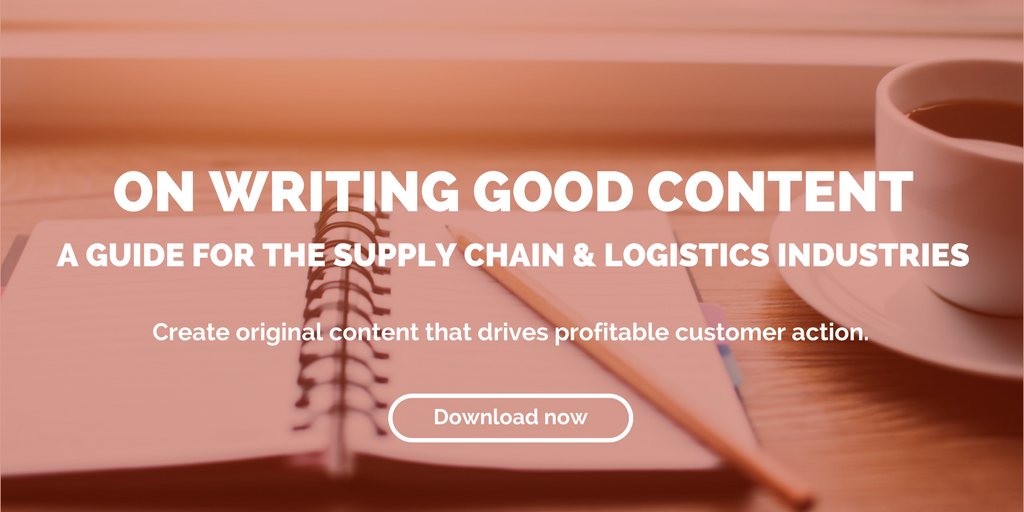
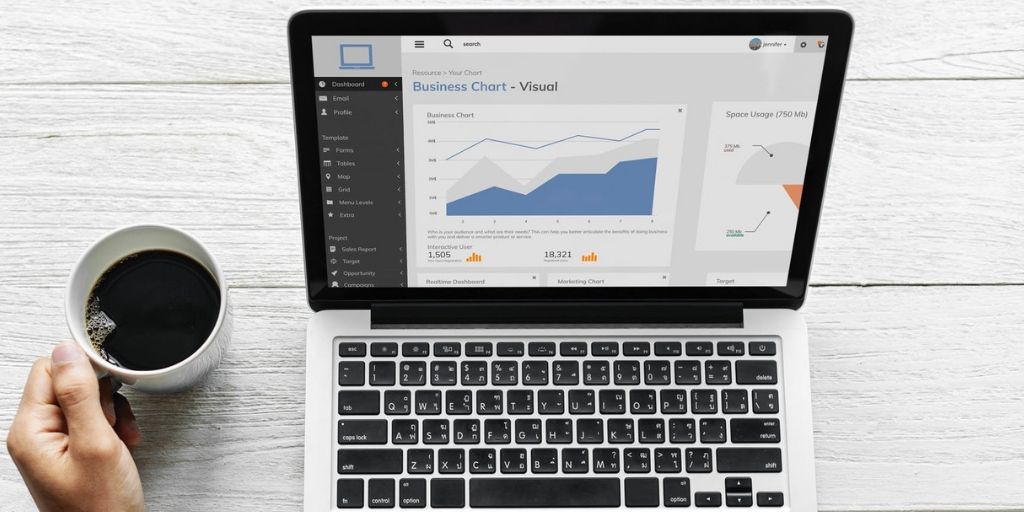
by Fronetics | May 29, 2019 | Blog, Content Marketing, Data/Analytics, Marketing
These Google Analytics reports are crucial to understanding the visitors who are browsing your website and how you are more likely to get them to convert.
Highlights:
- Audience reports tell you who is visiting your website.
- Acquisition reports convey how are users getting to your website.
- Behavior reports show what visitors are doing on your website.
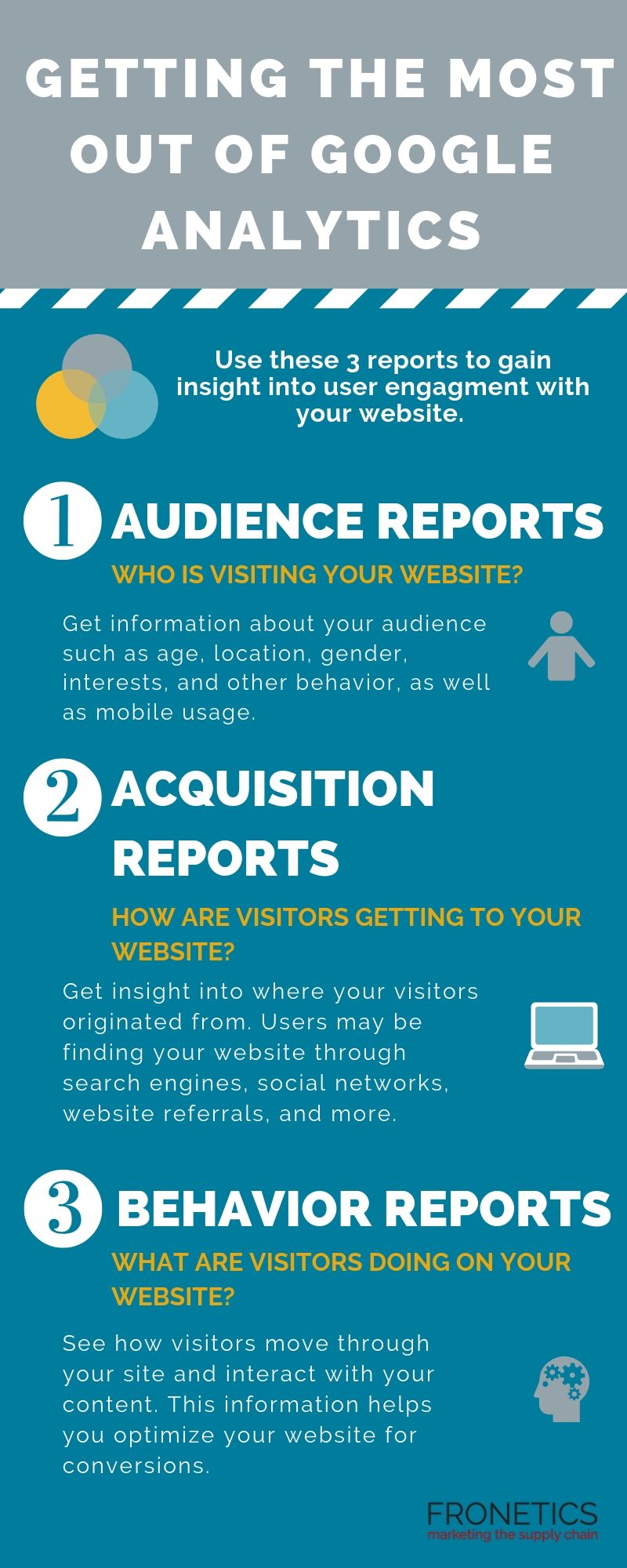
(Made with Canva)
Your website is your best opportunity to convert digital prospects into leads. But how can you learn who is browsing your website and what they are doing while they’re there? Most importantly, how can you get more of them to convert? Here’s where tools like Google Analytics can help.
Google Analytics is one of if not THE most comprehensive analytics tools available to digital marketers. But it can be very overwhelming if you don’t know how to navigate it. So, we’ve come up with the 3 Google Analytics reports you should be running if you want to understand how to get more visitors to convert on your website.
But, first, let’s start with the basics.
Understanding Google Analytics
At a fundamental level, Google Analytics helps you understand and make decisions based on the traffic that comes to your website. This free tool is a powerhouse that uses a JavaScript code to collect data surrounding how users interact with your website. It then processes that data and generates customizable reports for you within the platform.
[bctt tweet=”This free tool is a powerhouse that uses a JavaScript code to collect data surrounding how users interact with your website. It then processes that data and generates customizable reports for you within the platform.” username=”Fronetics”]
I should say: the data you gain from Google Analytics is all the richer if you begin by setting up Goals on the platform. This way, Google Analytics can go to work for you, measuring how well your website is fulfilling your specific objectives. If you start by properly setting and configuring your goals, Google Analytics can provide you with critical information that’s specific to your strategy. Of course, you can always add to or adjust your goals, as you collect data.
Getting the most out of Google Analytics can empower you to make improvements to your website based on the data it collects for you. The more information you have about your site and its traffic, the more you can make adjustments to meet your objectives. Furthermore, the insights you gain from your metrics can help shape future objectives, to improve user experience on your site.
3 Google Analytics reports that are key to getting the most out of the platform
Using Google Analytics, you can gain insight into some of the most important questions surrounding user engagement with your website. In particular, these 3 reports are helpful in getting the most useful data for understanding lead conversion opportunities:
- Audience reports: Who is visiting your website?
- Acquisition reports: How are users getting to your website?
- Behavior reports: What are website visitors doing on your website?
Here’s what you need to know about each report.
1) Audience reports
As you create and publish content on your website, you need to know who’s reading/watching/viewing/listening to it. With Google Analytics, you can get information about your audience such as age, location, gender, interests, and other behavior.
As users are increasingly engaging with websites on mobile devices, we often encourage clients to monitor the Mobile report as well as other audience demographics. This report shows you what percentage of your audience comes from a mobile device, as compared to a desktop or tablet. You need this information, particularly because mobile device users tend to have different behavior and goals from those on desktops. If your traffic is heavily mobile, your site needs to be optimized for these visitors.
We also encourage clients to make use of Google Analytics’ audience benchmarking reports. These reports allow you to compare your results with aggregated industry data, giving you the context you need to set targets. Benchmarking can also give you insights into industry-wide trends and help you determine how you’re doing as compared to your competitors.
2) Acquisition reports
Knowing how visitors are getting to your website will empower you not only to improve your site, but to make strategic decisions surrounding your other digital channels. Google Analytics offers acquisition reports that provide insight into where your visitors originated from. Users may be finding your website through search engines, social networks, website referrals, and more.
Use the Acquisition Overview to get a quick overview of the top channels that are funneling visitors to your website. You can also see associated acquisition, behavior, and conversion details for each of these channels. If you have your Google Analytics Goals in place, the Acquisitions Overview report will display how well each channel is driving conversions.
Next, take a deeper dive in the Channels section, which gives you rich information about each of your channels. For example, if you click on the “Organic Search” channels, Google Analytics takes you to the Keywords report, which lets you know how you’re faring with specific search queries. Clicking the “Direct” channel will take you to the top landing pages for direct site visitors, and “Social” shows you your top-referring social networks.
3) Behavior reports
Once visitors are on your site, what are they doing there? If you’re getting the most out of Google Analytics, you can see how visitors move through your site and interact with your content – and, in turn, you can be strategic about optimizing your website for conversions.
Start with the Behavior Overview. Here, you’ll find a graph of the amount of traffic your website receives, as well as additional metrics such as Pageviews, Average Time on Page, Bounce Rate, and more.
For more insight, the Behavior Flow report shows you the path users typically take on your website. You can see the first page they view, all the way to the final page they typically visit before exiting your site. Here, you’re getting a visual of how long visitors stay on your website — and learn a bit about why they leave.
The bottom line: Google Analytics reports help you optimize your website
Data empowers you to make informed decisions and tailor your strategies to meet your objectives. Not only that, data can help you determine your objectives in the first place. Google Analytics is perhaps the most robust tool out there for gathering information and insights into essentially every aspect of your website. Make sure you’re making use of it.
What Google Analytics reports have you found most helpful?
Related posts:


by Elizabeth Hines | Apr 17, 2019 | Blog, Marketing, Marketing Automation
Chatbots are a must-have lead generation and customer service tool for supply chain businesses in 2019.
The newest generation of B2B buyers is increasingly dominating the two-way conversation between marketers and buyers. They prefer to gather purchasing information on their own — overwhelmingly via online searches, vendor websites, and peers and colleagues — rather than talking to sales representatives. They are unsubscribing from marketing emails at alarming rates, citing over-communication as the number-one reason why. And they are using messaging platforms to speak directly with brands when they have questions or problems.
At the same time, buyers are demanding more personalized communications, faster response times, and an improved, cohesive user experience on all of a vendor’s digital channels.
All these factors are driving the growing popularity of chatbots as a lead generation and customer service tool. But, at Fronetics, we think it’s time to stop viewing them as a trendy communication mechanism and more as a necessary part of a supply chain operation’s marketing strategy.
Chatbot applications for the supply chain
I’ve written before about the impressive implications that automation has for supply chain marketing & sales efforts. (HubSpot reports that businesses using marketing automation receive a 451% increase in qualified leads.) At Fronetics, we’re seeing chatbots as one of the most successful and easy-to-implement marketing automation tools in the current marketplace.
Chatbots are relatively inexpensive, inherently low-maintenance, and surprisingly user-friendly — to both the buyers interacting with them and the vendors setting them up. They help website visitors find the information they need quickly, while gathering user data that is useful in marketing and sales efforts, all without taxing human resources. In fact, Chatbots Life reports that businesses can save up to 30% of costs associated with servicing customer requests by using a chatbot.
Millennials, in particular, appreciate the quick, easy, and unobtrusive communication option that chatbots offer. And, as we all know, this generation comprises an increasing percentage of the B2B purchasing landscape. In a crowded marketplace, vendors that offer a pleasing user experience will have the competitive edge when it comes to winning business and growing a base of loyal customers.
A real-life example
We are recommending chatbots to clients because we have seen firsthand how effective they can be. I’ll give you an example from our own experience at Fronetics.
We recently implemented a chatbot on our website that we synced with my calendar, allowing users to schedule a time to speak with me about our services. I am not exaggerating when I say that within 24 hours, we had a lead come through the bot. I spoke with that lead at the time he scheduled, the next morning, and delivered a proposal to him the next day.
Chatbots are here — in a big way. If you’re not using one, your competitors certainly are (or will be soon). Having a chat mechanism on your website will soon be the difference between winning more business and missing out… if it’s not already.
This post originally appeared on EBN Online.
Related posts:
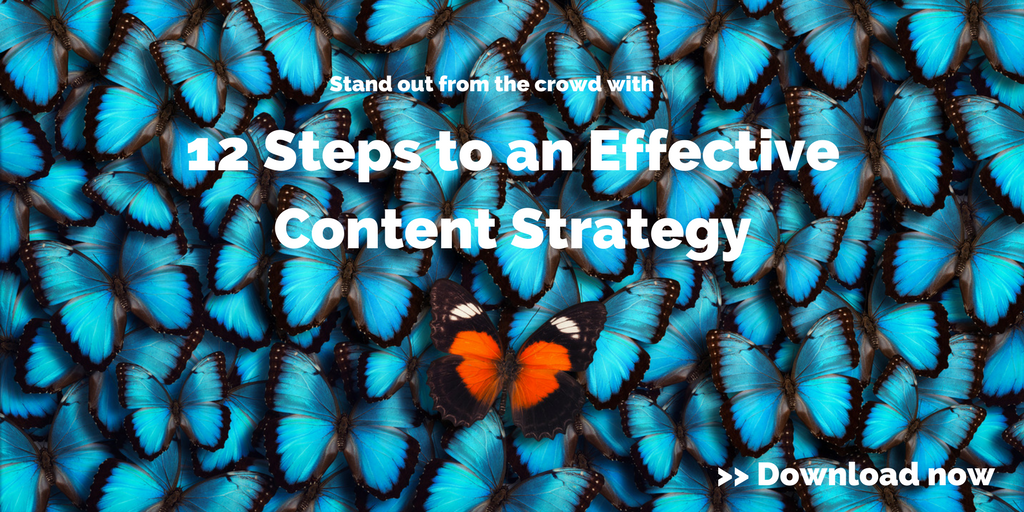

by Fronetics | Apr 9, 2019 | Blog, Content Marketing, Marketing, Social Media, Video Marketing
If you’re trying to build a YouTube audience, you’ll need equal parts strategy, creativity, concision, and valuable subject matter.
Highlights:
- Strategy and creativity are top priorities.
- Keep content short and sweet for maximum impact.
- Offer value to your audience rather than a sales pitch.
An increasing percentage of search traffic is perusing YouTube for information, advice, and education. That makes the platform ideal for getting in front of prospects looking for products and services like yours.
But I’ve seen a lot of B2B marketers getting YouTube wrong. The good news is that the problem is usually that they’re trying too hard — and not in the right ways.
To effectively build a YouTube audience that will eventually become leads and, hopefully, customers, you need to be distributing video content that showcases your organization’s expertise in an approachable way. Here are some simple rules for how to go about that (without barking up the wrong tree).
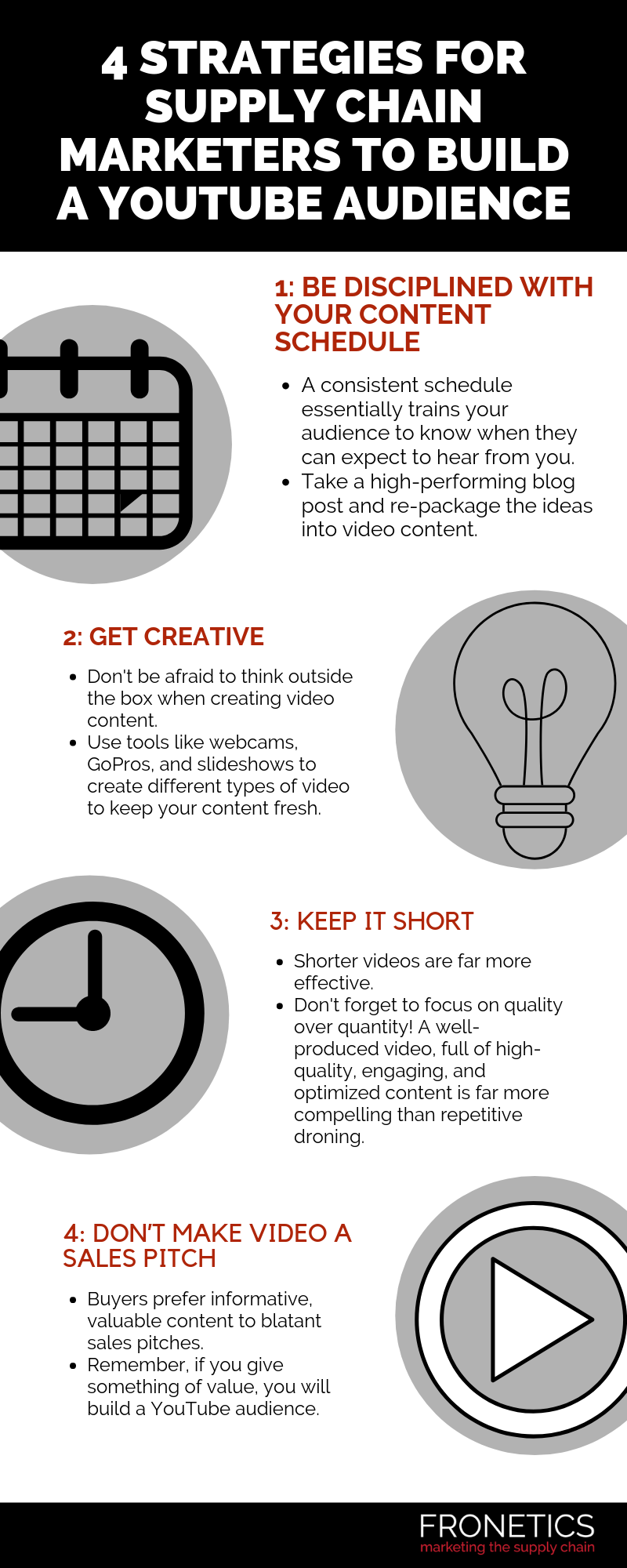
(Made with Canva)
4 ways to build a YouTube audience
1) Be disciplined about your content schedule.
When it comes to publishing content on social media, when you post is nearly as important as whatyou post. YouTube is no different. Creating and sticking to a consistent schedule for posting new content essentially trains your audience and lets them know when they can expect to hear more from you.
Creating video content consistently doesn’t need to feel like reinventing the wheel. First off, videos should be part of your content calendar in the same way as blog posts, case studies, and other forms of content. You don’t need to create brand new material for each video. Take a high-performing blog post and re-package the ideas into video content.
2) Get creative.
Creativity for B2B companies is all about striking the right balance between entertaining presentation and informative, high-quality content. Think about approaching the information you want to convey in a different way. Can you use a different medium (like animation) or interview two subject-matter experts together if your one-on-one interviews are feeling stale?
There are plenty of technologies available today that will help you create exciting, engaging video content relatively cheaply. Or you could always consider outsourcing your videography.
3) Keep it short.
While we’ve seen recent growth in long-form YouTube content, for most B2B marketing purposes, shorter videos are far more effective. Of course, this is good news in that producing shorter videos can be less time-consuming and costly. But I cannot emphasize enough the importance of quality over quantity here.
[bctt tweet=”A 1- to 2-minute video of high-quality, well-edited content will get far more engagement (and be more successful in helping you build a YouTube audience) than 15 minutes of lecturing or poorly executed, complex animation.” username=”Fronetics”]
A 1- to 2-minute video of high-quality, well-edited content will get far more engagement (and be more successful in helping you build a YouTube audience) than 15 minutes of lecturing or poorly executed, complex animation. If you have a lot of footage about a certain subject, consider releasing a series of shorter videos.
4) Don’t make video a sales pitch.
Content marketing is inbound marketing, and video is no different. Countless studies have shown that increasingly buyers prefer informative, valuable content to blatant sales pitches.
This doesn’t mean that your content shouldn’t be branded, but it does mean that your focus in creation and execution needs to be what you can offer your audience, rather than you’re asking from them.
Use your video content to address specific concerns or answer questions that are relevant to your target audience. It’s simple: if you give something of value, you will build a YouTube audience that could eventually become your leads and customers.
What have you been doing to build a YouTube audience?
Related posts:












